15 Foods That Are Known to Bring Good Luck Around the World
Many cultures believe that certain foods can invite prosperity, happiness, and health when eaten on special occasions. From the sweet round shapes that represent coins to foods symbolizing long life or new beginnings, lucky foods hold deep significance across different traditions.
Whether you’re celebrating the New Year, a wedding, or simply hoping to attract positive energy, these foods are thought to bring good fortune in unique ways. Let’s dive into the various symbolic foods that people around the globe enjoy to welcome good luck into their lives.
Grapes
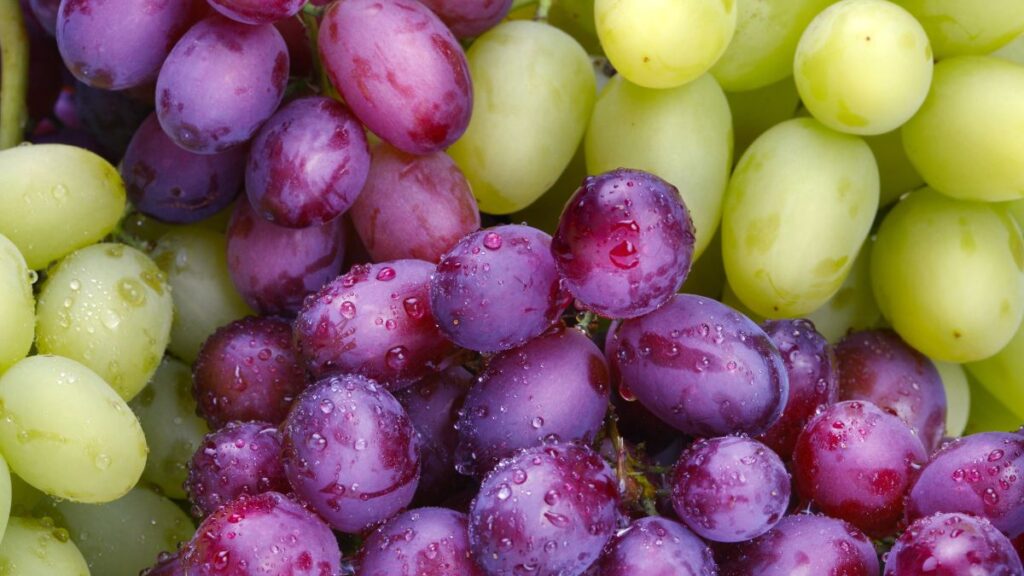
Eating 12 grapes at midnight on New Year’s Eve is a beloved tradition in Spain and some Latin American countries. Each grape represents a month of the upcoming year, and the goal is to eat all 12 before the clock strikes twelve.
This practice is believed to bring prosperity and ward off negativity for each month ahead. People often say that the sweetness or tartness of each grape can symbolize the nature of each month to come. It’s a fun way to start the year with a little bit of fortune-telling and a lot of laughter.
Lentils

In Italy and Brazil, lentils are commonly eaten as a symbol of wealth and prosperity. Their small, coin-like shape is thought to resemble money, and their ability to expand in water represents growth.
They’re often enjoyed with pork dishes for extra luck, especially on New Year’s Day. The hearty legume is a comforting food that also symbolizes abundance. Eating a bowl of lentils is a hopeful start to a fruitful year ahead.
Pomegranates
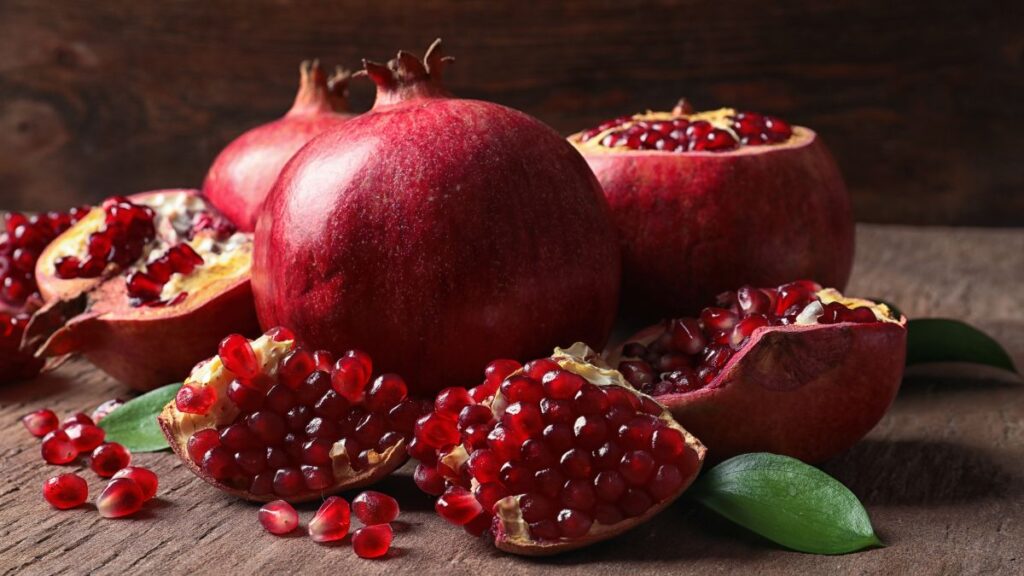
The pomegranate, rich in seeds, is a powerful symbol of fertility and abundance in Greek and Mediterranean cultures. Breaking open a pomegranate on New Year’s Day and scattering its seeds is thought to bring prosperity to one’s household.
Each seed represents wealth, so the more seeds, the more abundant the blessings. This fruit is also revered for its vibrant color, symbolizing life and energy. In Turkey, eating pomegranate seeds is believed to attract good fortune in love and life.
Fish
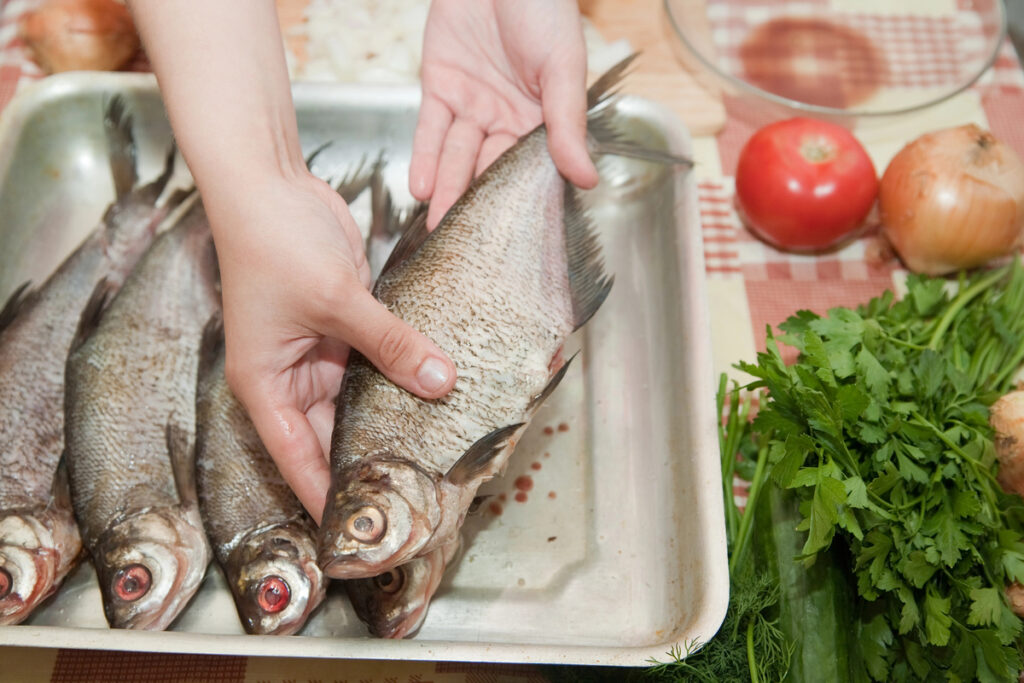
Fish is considered lucky in many parts of the world, from Scandinavia to Asia. In China, fish represents abundance, as the word for fish sounds like “surplus” in Mandarin. Many families eat fish at New Year celebrations to ensure a year of plenty.
In Europe, eating herring on New Year’s is also thought to bring prosperity, as fish scales resemble coins. Fish is cherished as a sign of bounty and abundance, whether served whole or in fillets.
Noodles
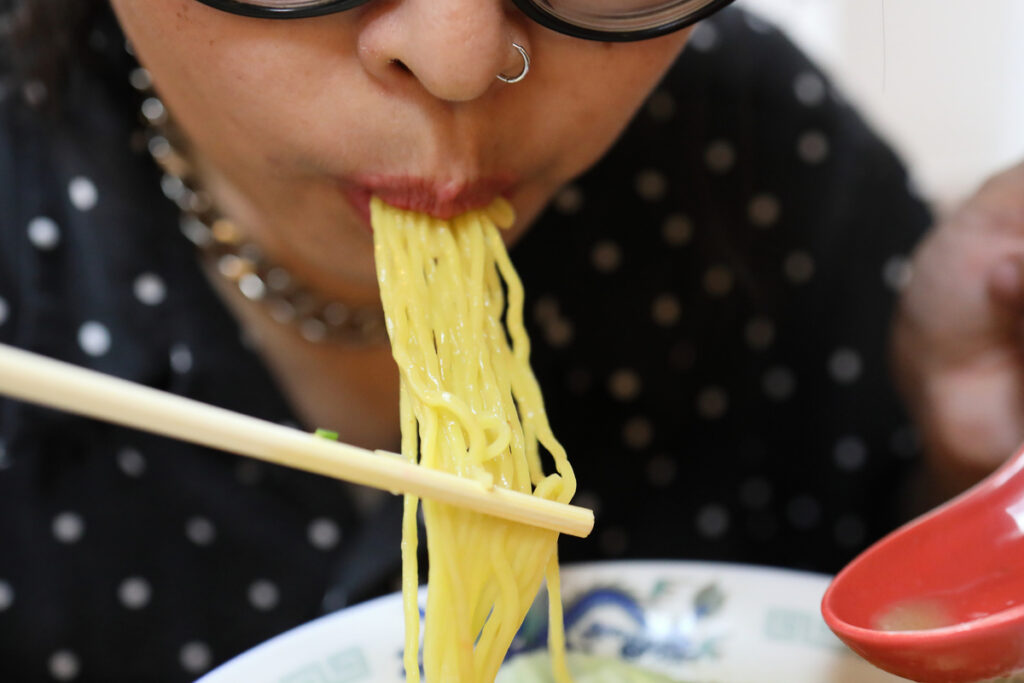
Long noodles are symbols of longevity in many Asian countries, especially in China and Japan. They’re often served uncut, as cutting them would symbolize shortening one’s life. During celebrations like birthdays and New Year’s, people enjoy these noodles to wish for a long, healthy life. Savoring each slurp is a way to honor tradition and invite good health. The longer the noodles, the longer the life—making them a fun, delicious way to wish for longevity.
Greens
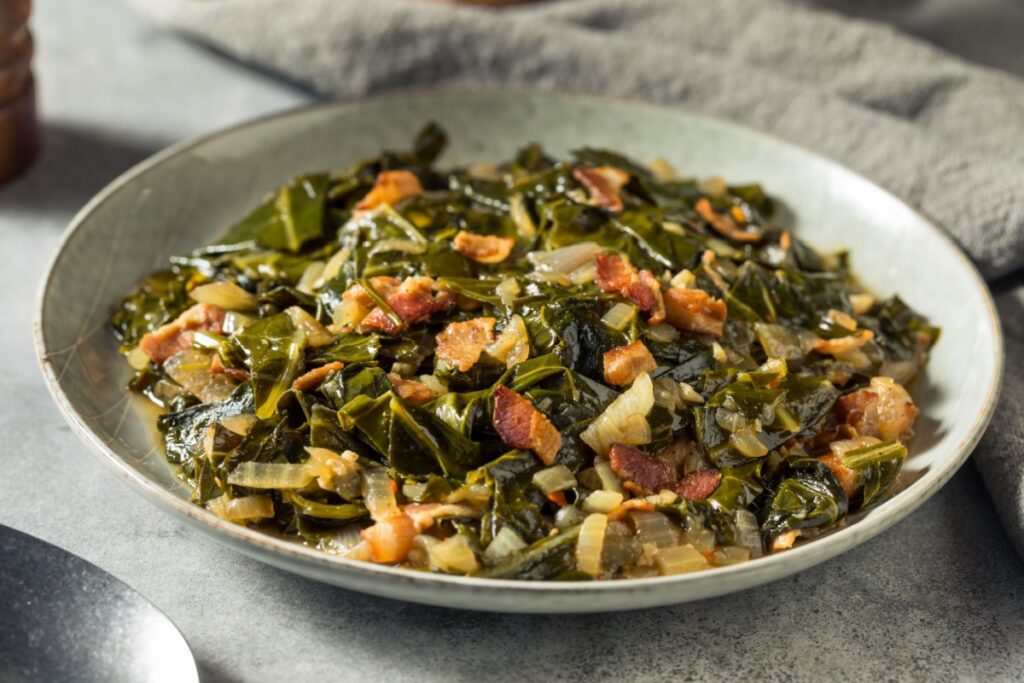
Leafy greens such as kale, cabbage, and collard greens are thought to bring financial success, especially in the United States. Their green color resembles money, and it’s believed that the more greens you eat, the more wealth you’ll attract in the coming year.
Often paired with pork or cornbread, greens are served as a meal on New Year’s Day. They’re a delicious way to fill up nutrients while also inviting prosperity. This hearty tradition adds a fresh start to any celebration.
Black-Eyed Peas

In the Southern United States, black-eyed peas are a popular New Year’s Day dish that symbolizes luck and wealth. Often enjoyed in a dish called “Hoppin’ John,” black-eyed peas are thought to bring prosperity for the year ahead.
The small legumes are said to resemble coins, and eating them is believed to attract financial abundance. Many also add a coin to the pot of beans while cooking for extra good fortune. It’s a humble yet hopeful meal rooted in Southern tradition.
Oranges
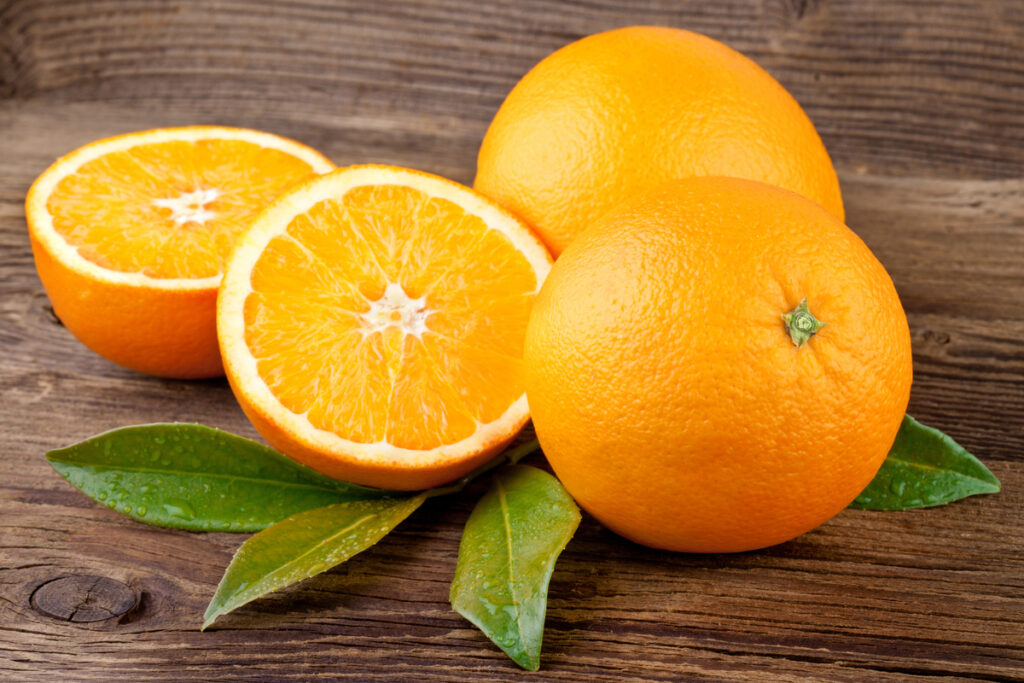
Oranges are symbols of happiness and good luck in Chinese culture, often given as gifts during the Lunar New Year. Their bright color is associated with wealth, and their round shape resembles coins.
Peeling and sharing oranges is also thought to spread positivity and prosperity to friends and family. In addition to their symbolism, oranges are enjoyed for their refreshing taste and health benefits. Having a few on hand during celebrations is a simple way to welcome fortune.
Rice
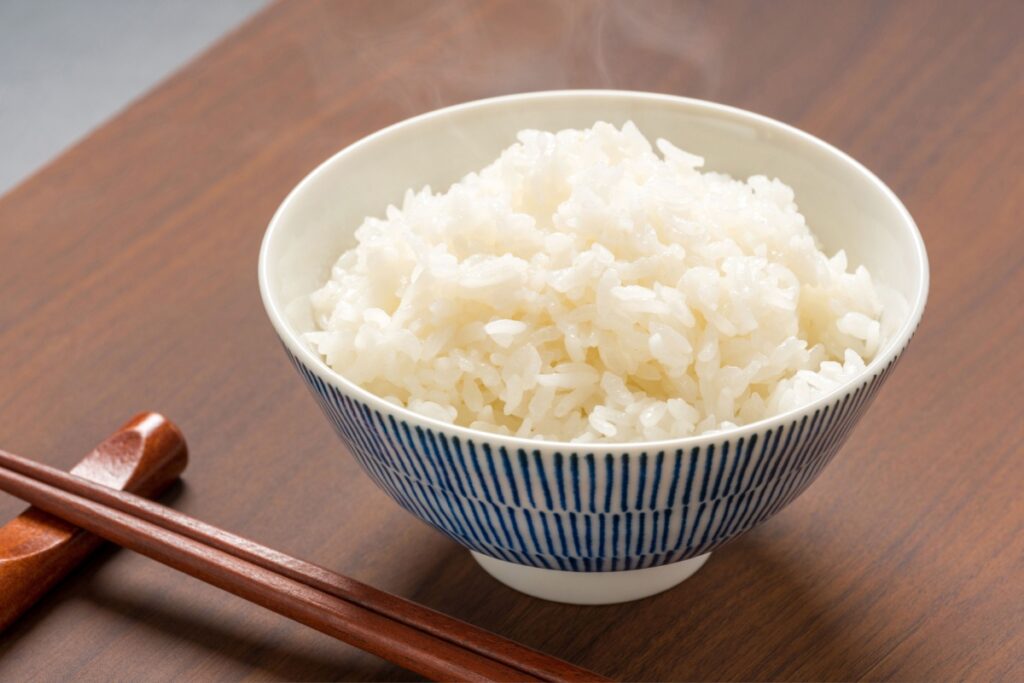
In Asian and Latin American cultures, rice is a staple food that represents fertility, abundance, and prosperity. As a crop that feeds millions, rice signifies sustenance and a stable life.
It’s often served at weddings and during harvest festivals to celebrate blessings and hope for continued prosperity. Some cultures even throw rice at newlyweds to shower them with luck. Eating rice is a humble yet meaningful tradition that embodies hope for abundance.
Cornbread

Cornbread, especially in the American South, symbolizes gold and wealth. Traditionally served alongside greens and black-eyed peas on New Year’s Day, this golden bread represents financial success.
Cornbread’s bright color is linked to prosperity, and its soft, warm texture makes it a comforting addition to the meal. This hearty bread adds a festive touch to any meal with a side of good fortune. Each bite is a wish for a bountiful year ahead.
Apples

Apples are seen as symbols of health, love, and peace in various cultures, especially during Rosh Hashanah, the Jewish New Year. Eating apples dipped in honey during this celebration is a way to wish for a sweet and healthy new year.
Apples have long been associated with wellness and positive energy. Their round shape and color also symbolize harmony and completeness. For many, enjoying apples is a simple act to invite positivity and health.
Round Cakes
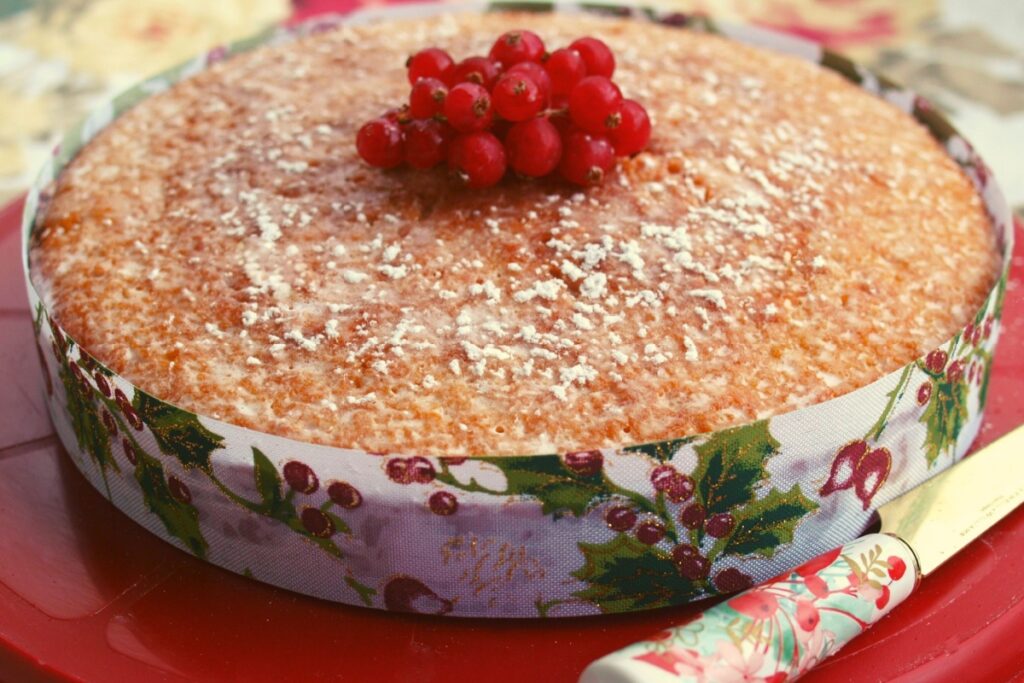
Round cakes are symbols of unity and abundance, often served at celebrations worldwide. In Greece, a special cake called “Vasilopita” is baked for New Year’s, with a coin hidden inside.
The person who finds the coin is believed to have good fortune for the year. Round cakes’ shape symbolizes the cycle of life, making them a festive way to start a new chapter. Enjoying a slice of cake brings a bit of sweetness and luck to gatherings.
Beans
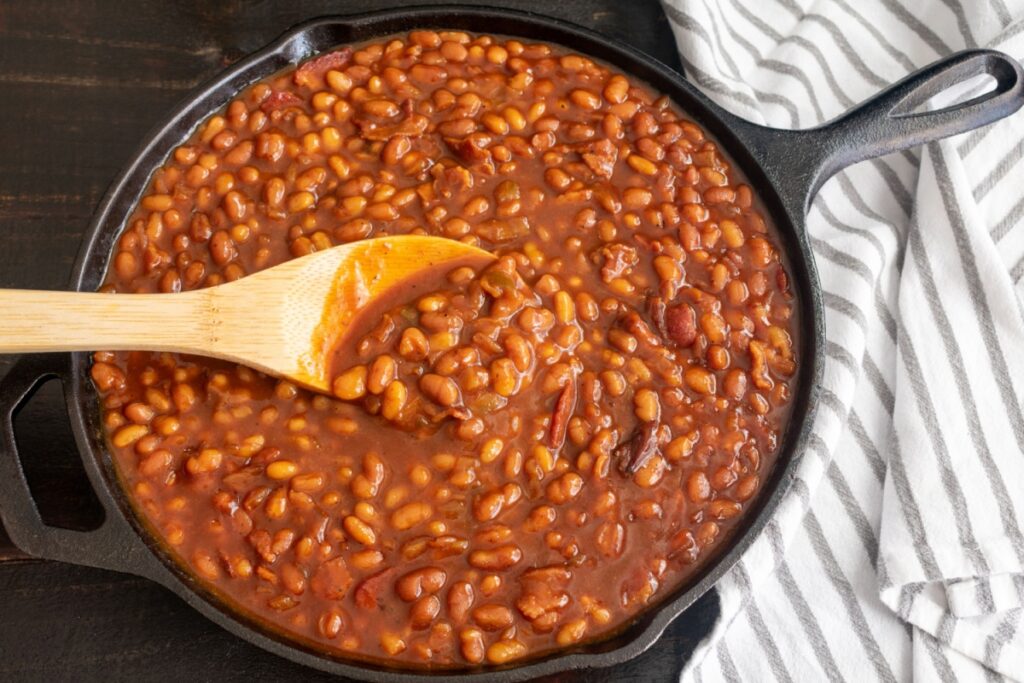
Beans are cherished symbols of growth and abundance enjoyed in many countries, from Italy to Japan. Their ability to expand when cooked represents growth and their shape is sometimes compared to that of coins.
Eating beans is a way to achieve financial stability and prosperity. They’re commonly included in dishes that celebrate new beginnings and blessings. The humble bean is a filling and hopeful addition to celebratory meals worldwide.
Pork
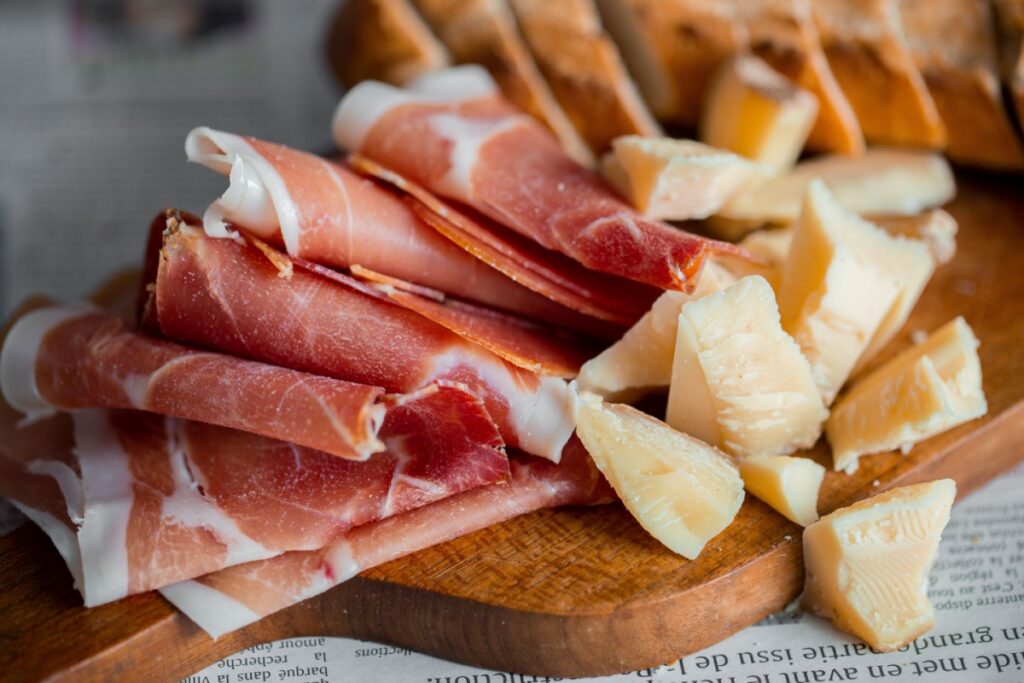
Pork is widely considered a lucky food because pigs symbolize progress. Eating pork on New Year’s Day represents moving forward in many cultures, especially in Europe. Pigs root forward while they eat, symbolizing advancement and success.
Enjoyed in various forms, from sausages to roast, pork is a rich and flavorful meat that signifies abundance. A meal with pork is a hopeful start toward achieving one’s goals in the new year.
Pineapple
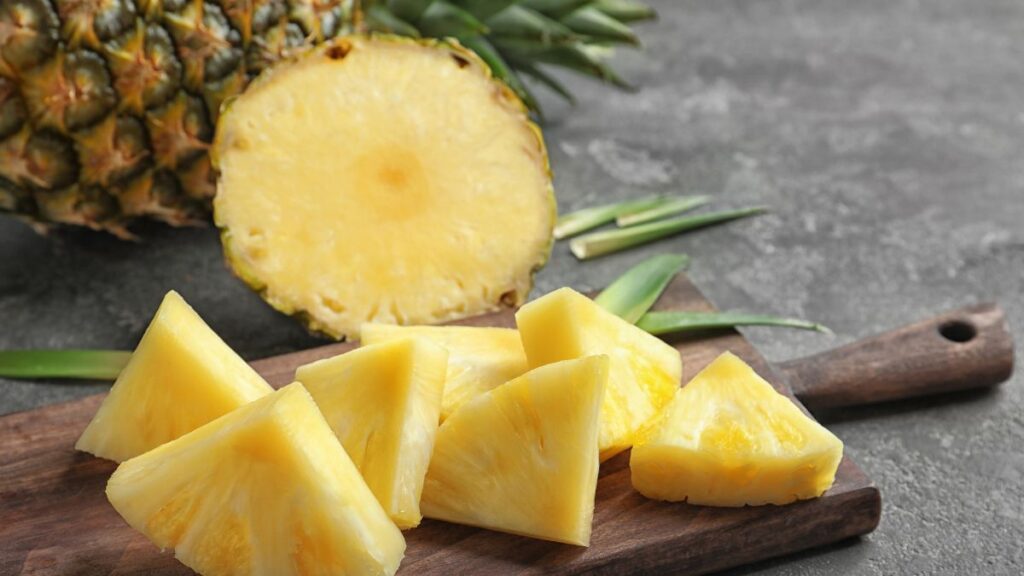
Pineapples are symbols of hospitality, luck, and wealth, particularly in Hawaii and parts of Asia. Their unique shape and bright color make them stand out, and they’re often used as decorative centerpieces.
In Feng Shui, pineapples represent prosperity and good energy. The juicy fruit is also enjoyed for its refreshing taste, making it a delicious way to invite positivity into the home. Welcoming pineapple into a meal or a setting is believed to bring good fortune to all present.
15 Budget-Friendly Foods to Stretch Your Paycheck

Living paycheck to paycheck can be challenging, especially when it comes to affording nutritious food on a tight budget. However, many affordable and nutrient-rich foods can help stretch your dollars without sacrificing your health.
15 Budget-Friendly Foods to Stretch Your Paycheck
20 Foods No One Can Afford Anymore Due To Inflation

With the ever-rising living costs, some foods have become luxury items that only the wealthiest can afford. From exotic delicacies to once-affordable staples, the price hikes have made certain foods out of reach for the average consumer.







